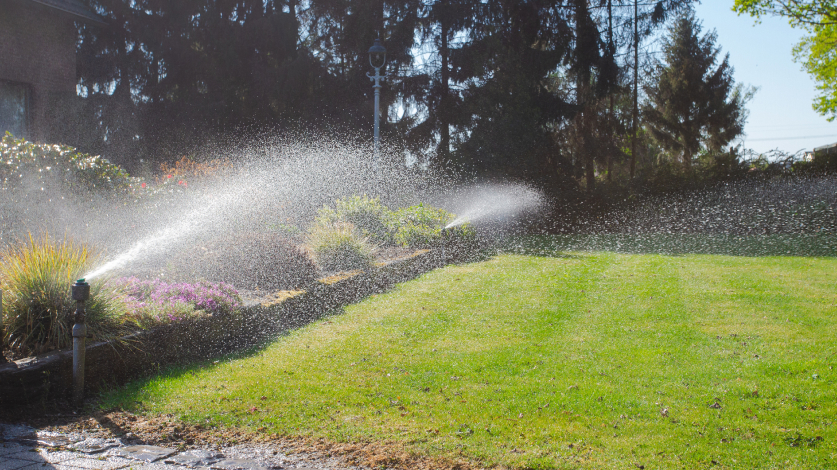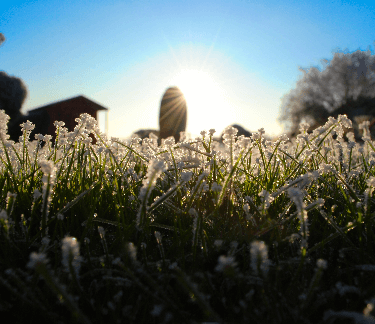A lawn disease is an abnormal condition on turf caused by an organism or pathogen. While disease pathogens are usually present in the lawn, they only become active when environmental conditions are just right. Disease development requires three components:
A susceptible host: Some turfgrass species are more prone to disease than others. For example, Kentucky bluegrass is vulnerable to summer patch, a fungal disease, while perennial ryegrass is more resistant. Tall fescue, a cool-season grass, generally has higher resistance to certain turf diseases. Some grass varieties recover quickly from disease, while others are naturally resistant and less likely to be affected in the first place. Choosing disease-resistant grass varieties can help prevent outbreaks, so it’s important to select turf types suited to your local climate and soil conditions, especially in areas with humid weather.
A pathogen: Most lawn diseases are caused by fungi, though viruses and nematodes (microscopic roundworms) can also play a role. Fungal diseases are especially opportunistic, thriving in damp, warm conditions where airflow is restricted. These microscopic organisms spread through spores carried by wind, water or foot traffic. Understanding which pathogens are present in your region can help you anticipate potential threats and implement effective pest management strategies.
The right environment: Temperature, humidity, soil moisture and dew periods can all contribute to a fungal lawn disease outbreak. In hot, humid weather, especially during the summer months, fungal diseases can rapidly spread throughout the lawn. Excessive thatch buildup, poor drainage or compacted soil can create an environment where disease flourishes. Improving these conditions can reduce the risk of infection and prevent the development of patches of dead grass.


 Branch Finder
Branch Finder
















 Back to all blogs
Back to all blogs

Facebook
X
Youtube
Copy Link
Email